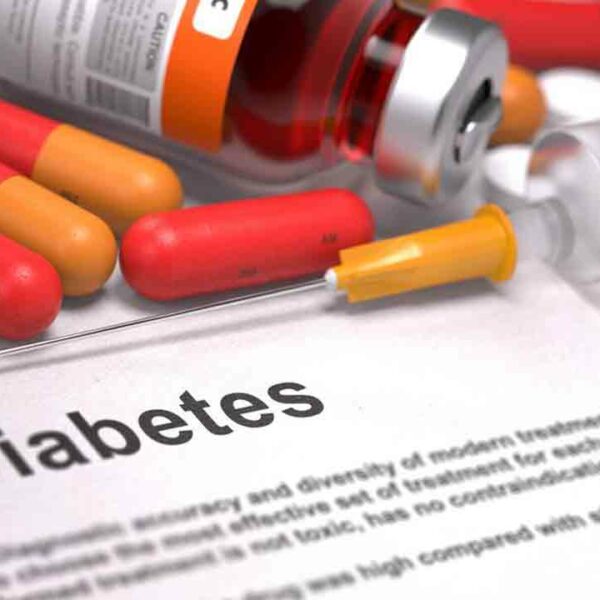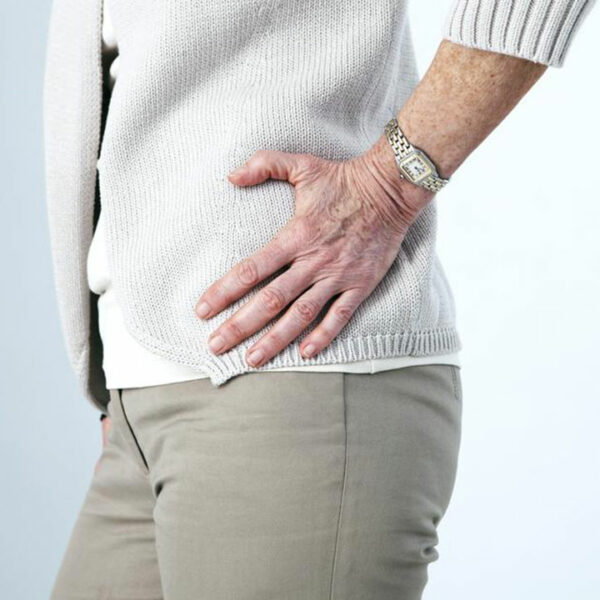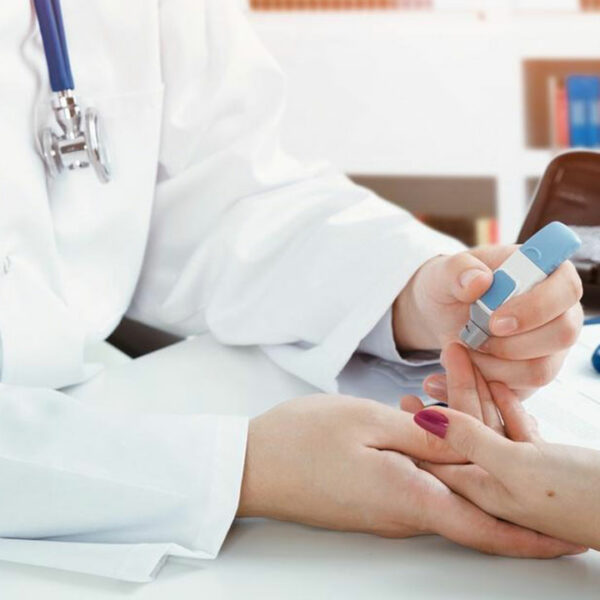
Type-2 Diabetes: Treatment and Prevention
Diabetes mellitus, often called type-2 diabetes, is a metabolic disorder. It is a condition where you experience a high blood sugar level for a prolonged period. Diabetes sets in when there is a problem with the secretion of insulin. Insulin is released by the pancreas (an organ located behind the stomach), which helps you metabolize sugar and fat in your food. Diabetes is caused when: The pancreas doesn’t produce insulin The pancreas doesn’t provide enough insulin The cells of your body don’t respond appropriately to insulin There are three types of diabetes- Type 1 Diabetes: In this case, the beta cells responsible for the production of insulin in the pancreas are destroyed by your immune system. The glucose in your food doesn’t get metabolized, resulting in a high blood sugar level. Type-2 Diabetes: This is caused when the body doesn’t respond to the insulin it produces—a condition also known as insulin resistance. Gestational Diabetes: This form of diabetes occurs when pregnant women develop a high blood sugar level. Type-2 Diabetes This type of diabetes is characterized by high blood sugar level, insulin resistance and relative lack of insulin. It is commonly seen in people who lack adequate exercise, and people prone to obesity.









